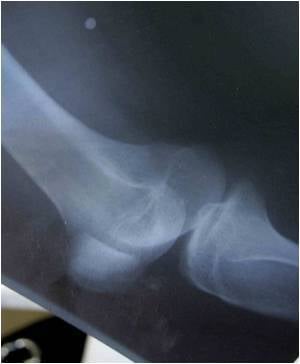
The concentration of sodium ions, which are distributed in the body, is known to reveal the location of glycosaminogycans (GAGs) in cartilage tissues. GAGs are molecules that serve as the building blocks of cartilage and are involved in numerous vital functions in the human body.
Mapping the GAG concentration is necessary for the diagnosis and monitoring of a number of diseases as well as to determine the efficacy of drug therapies. For instance, GAG loss in cartilage typically marks the onset of osteoarthritis and inter-vertebral disc degeneration.
However, the existing techniques for GAG monitoring-based on traditional magnetic resonance imaging (MRI)-have limitations: they cannot directly map GAG concentrations or they require the administration of contrast agents to reveal the location of these concentrations.
But since sodium ions are already present in cartilage, researchers have sought to measure these ions using special MRI techniques that are non-invasive.
Such a methodology was previously developed at the University of Pennsylvania and Stanford University. However, these methodologies were not able to isolate ions in different parts of the knee area.
Advertisement
The NYU research team sought to improve on this method by focusing on the differences in the properties of sodium ions in the two environments.
Advertisement
By exploiting these characteristic properties of sodium ions in different environments, the research team was able to develop a new method to isolate two pools of sodium ions.
As a result, it was able to obtain images in which the sodium signals appear exclusively from regions with cartilage tissue.
This new sodium MRI method not only could provide a non-invasive way to diagnose osteoarthritis in its very early stages, but could also help to calibrate other, less direct measures of cartilage assessments.
The findings appeared in the Journal of Magnetic Resonance.
Source-ANI













